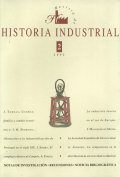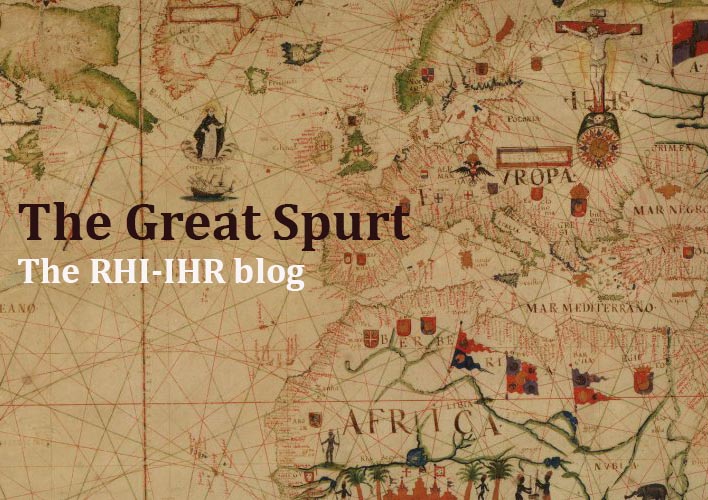The woollen industry in southern Europe: a comparative analysis (1860-1913)
Abstract
Between 1860 and the First World War the European woollen industry underwent a process of profound transformation, based on a modification of its productive structures, an unprecedented increase in its levels of production and on increasingly important participation of the worsted subsector. However, throughout this period the gap, wich from the beginning existed between the woollen industries of Great Britain, France and Germany and the Mediterranean countries was not bridged. The former maintained their domination of external markets (progressively widened to semi-manufactured products) and took advantage of an internal demand more in line with the characteristics of woollen articles, due to its levels of income. Meanwhile, in Italy and especially in Spain and Portugal the restraint of the interna1 market which characterized then not only limited its possibilities of growth (being subjected to a scarcely developed interna1 demand) but also, due to the limited specialization that resulted, prevented them from competing successfully in external markets.
Downloads
Downloads
How to Cite
Issue
Section
License
We have been applying a Creative Commons Attribution license (CC-BY) since 2019, before that year we had a partial open access policy, which included open access for the first two months after publication, followed by an embargo policy for non-subscribers, as access to the last 4 published issues was restricted to journal subscribers. In contrast, early-view articles were always open access prior to publication in an assigned volume. Until 2024 the access to the last 4 published numbers was restricted to those who were subscripted to the journal.
The author assigns all rights to the publisher. Creative Commons
The author who publishes in this journal agrees to the following terms:
- The author assigns all intellectual property rights exclusively to the publisher for the entire duration of the applicable intellectual property rights.
- The publisher will distribute the texts under the Creative Commons Attribution License, which allows others to share the work, provided that they acknowledge the authorship, its initial publication in this journal, and the conditions of the license.





